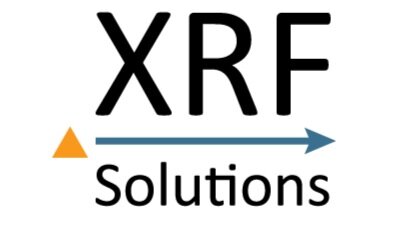Duvernay Horizontal
Spectral Gamma
XRF analysis directly measures the elemental concentrations of potassium(K), uranium(U), and thorium(Th) in a given rock sample. These amounts are then converted to a synthetic total gamma (XRF GR). Wireline and MWD tools measure natural gamma rays from a volume of rock in-situ, then back calculate how much K, U and Th are present. By comparing the results of down hole readings with XRF gamma, the cuttings or core can be depth shifted to their correct locations of origin. In horizontal wells, the XRF can provide a spectral gamma from drill cuttings to compliment MWD, and potentially identify if a downhole gamma tool has malfunctioned.
Major Elements
The major elements are used to construct a basic stratigraphy over the target zone. They represent building blocks of the main rock forming minerals and allow the client to see changes in stratigraphy before any significant processing of the data has occurred. The elements Aluminum (Al), Potassium (K) and Iron (Fe) can also be used to help determine what type of clay minerals are present.
Mineralogy
Most geoscientists and engineers that we work with are not familiar with elemental data. The use is generally limited to stratigraphic correlation. However, there is a significant body of data that, if converted to more familiar and more pertinent forms, provide a wealth of information. Reservoir properties are generally a function of the mineralogy and fabric of the rock, not simply the elemental composition. Determination of the mineralogy from the elemental data provides the user with a much more powerful tool. We employ the principles of mineralogy phase theory to construct normative mineral algorithms.
Fluids and TOC
Portable XRF instruments cannot directly measure organic compounds like hydrocarbons or water. Several chemical indicators distinguish between oxidizing and reducing environments. Values, predicted using the XRF Solutions algorithm, can be compared to lab measured TOC, oil, water and gas for samples from the same intervals to confirm XRF data.
Reservoir Properties
The most important factors for proper evaluation of the target reservoir are gathered into one log suite. The key factors selected for this log suite are detrital framework components, total clay, total carbonate, mechanical properties, porosity, permeability and TOC. These are displayed along with gamma, gas, TVD and ROP . The parameters displayed in the reservoir quality log suite are determined from the proprietary phase theory and semi-empirical specific mineral interaction models.
Trace Elements
Trace elements log suites can be useful for helping to identify reservoir characteristics such as detrital source, cement chemical signatures, and zone markers. One of the main purposes of conducting the XRF analyses on core is to build a vertical stratigraphy chemical profile so that the same stratigraphic packages can be identified when drilling a horizontal well. Trace element chemistry is a great tool for locating which stratigraphic interval the well is located in when drilling through packages with similar mineralogy.






